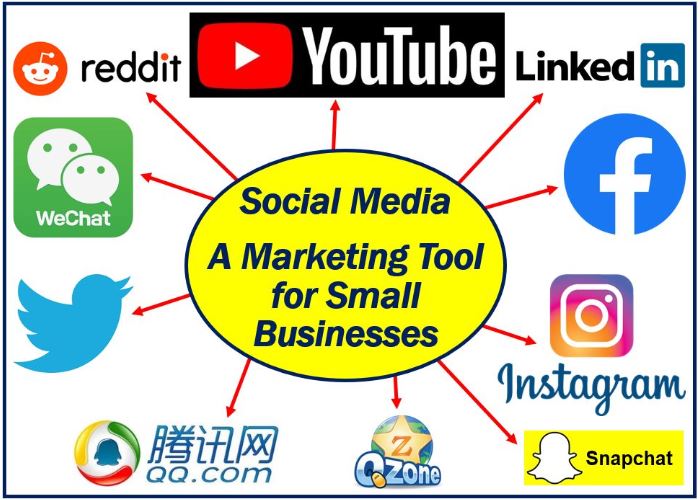 Analyzing social media performance is not a walk in the park, especially if you have no experience or you have never done it properly before. You need to take a lot of factors into consideration while evaluating whether your results are great or not. How can you crack social media analytics? Let’s find out.
Analyzing social media performance is not a walk in the park, especially if you have no experience or you have never done it properly before. You need to take a lot of factors into consideration while evaluating whether your results are great or not. How can you crack social media analytics? Let’s find out.
Analyze in micro
No matter if you post once an hour or once a week, you should befriend social media analytics. Analyzing each piece of content in terms of results is really important to figure out your social media path.
Almost all social media platforms deliver more or less advanced insights into the content you published. Even if you are not an analytical pro, you can make some conclusions out of it, e.g. what kind of content engaged your audience the most. If you have no time for it either, let tools – for instance NapoleonCat – work some magic for you and provide you with statistics that you can use to make your social media strategy better.
Let’s say that you just published a video clip as a post. It seems to get a lot of views and engagement, so initially, you are of course incredibly happy. However, analytics can help you reveal the real success behind the clip. If you had a lot of 3 second-long video views, but the video actually starts after 6 seconds, then there is a possibility that not many people got familiar with it after all. Those are details not many marketers think about before they post.
Analyze in macro
Social media management is not only about analytics, but analyzing is crucial for social media strategy optimization. Yet analytics are one of the most crucial parts of your social media success. Some people may say that you don’t need to analyze, and that is technically true, but then you are doing nothing but burning money.
Once you know what kind of content works best and which do not perform as well as you hoped for, you can start connecting the dots and actually put your results into an actionable strategy. If you find out that photo content performs best, you can focus on creating more of it and trying to scale your efforts to grow even higher engagement and reach more people.
With social media scheduling tools, which also offer advanced analytics for chosen platforms, making data-driven conclusions can be easier than ever before.

Set up some KPIs
KPI stands for Key Performance Indicator. Some marketers are pretty excited to set and meet KPIs, while others are more than scared of fulfilling them. KPIs basically reflect your business goals. If your business goal is just to raise brand awareness on social media (e.g. you don’t sell anything online or offline), then your KPI can consist of driving engagement and reach among your target group. However, your business goal is sales growth, then the statistics you should focus on are conversion rates and CPC.
If you run some more advanced campaigns on Facebook, then you can look at CPL (cost per lead) or CPS (cost per sale) to find out whether the campaign is successful. Social media analytics tools can help you keep track of your performance and choose the best converting campaigns for you to carry on and prolong if needed.
To master social media analytics, you need to put some time and effort into analyzing all those magic numbers you see from your social media performance. However, look for solutions not excuses: using some tools can help you discover the potential of your profiles or can help you identify some potential bottlenecks in your communication. You need to know what works and what does not in terms of your social media strategy.

